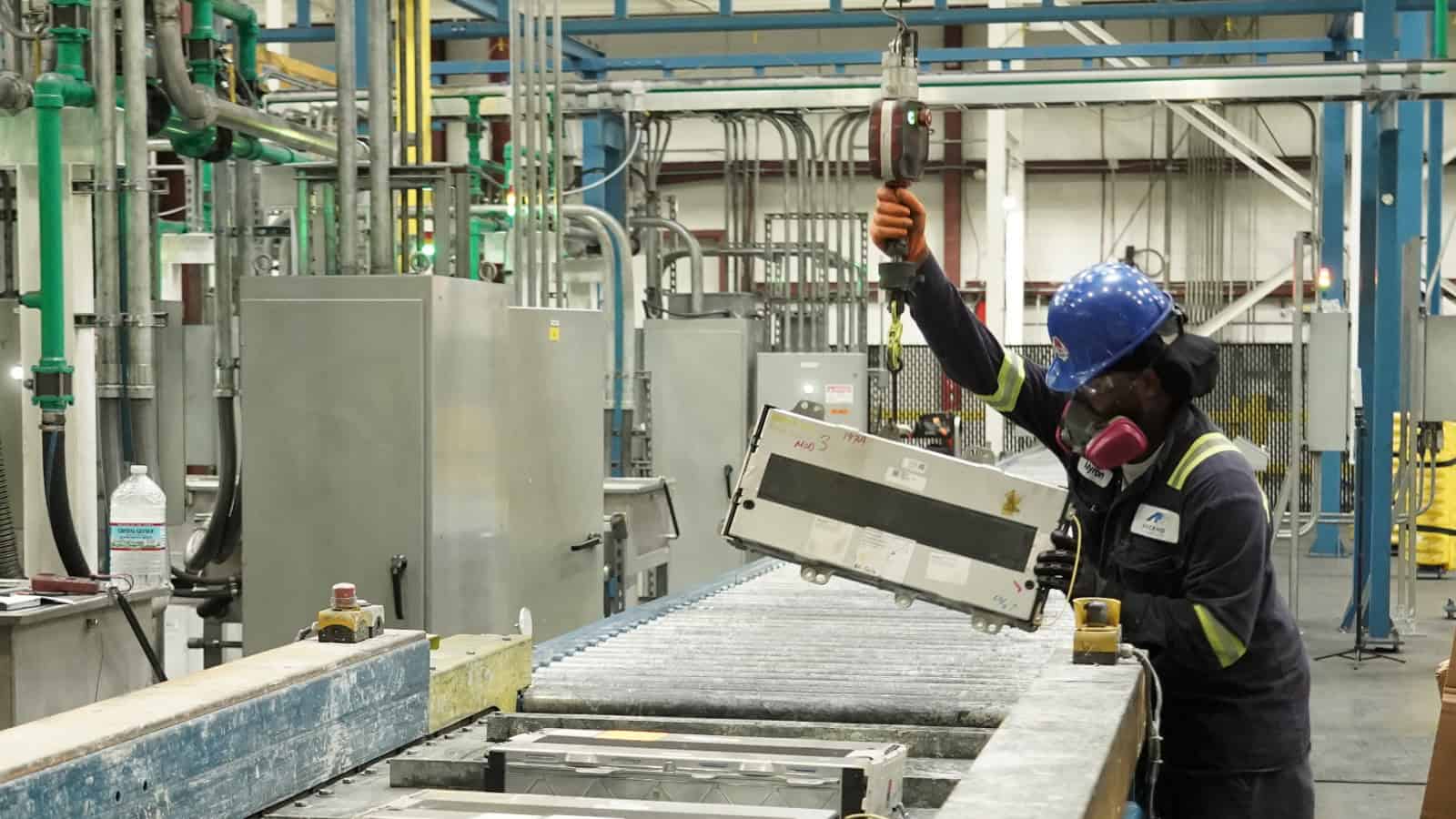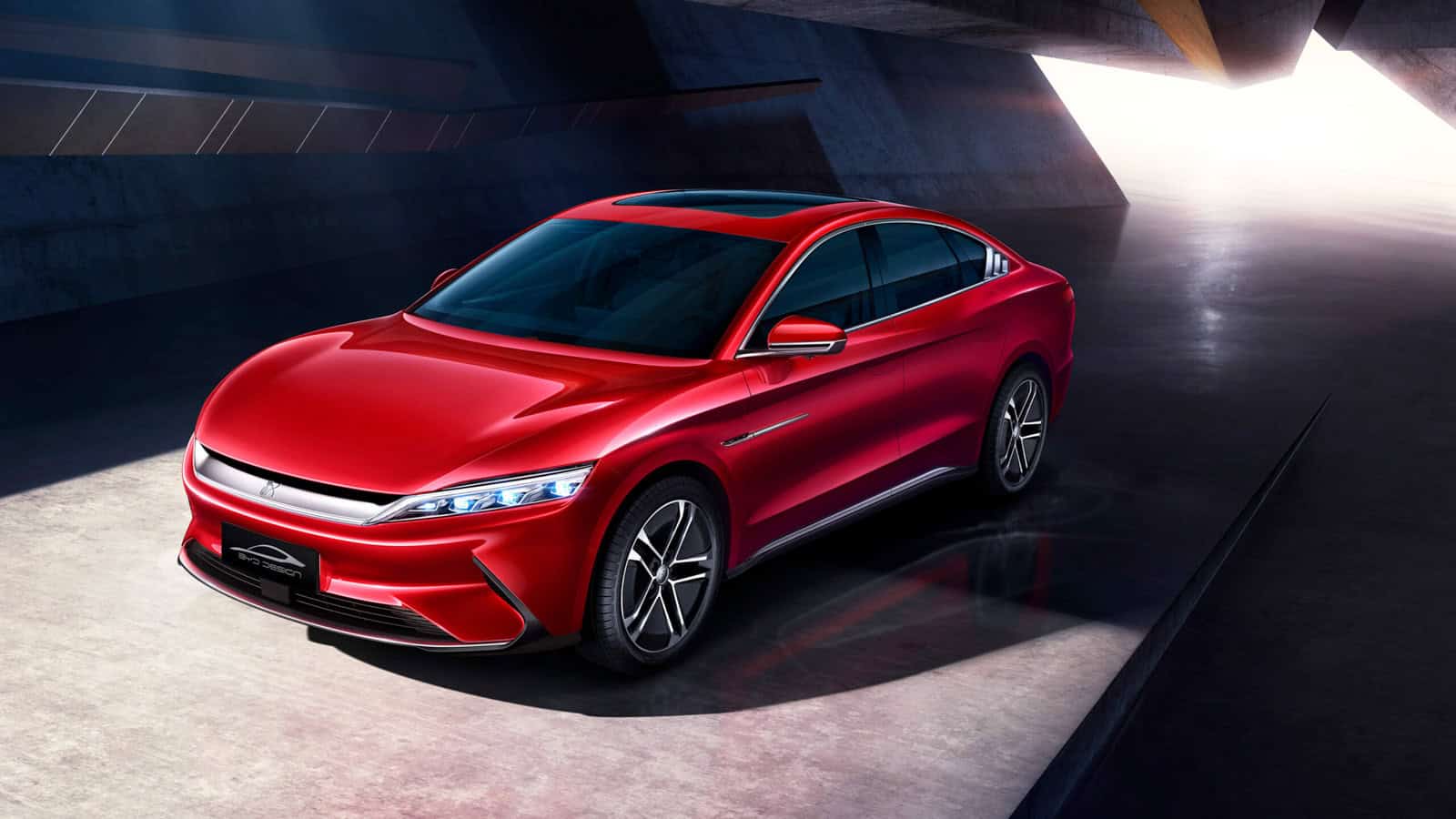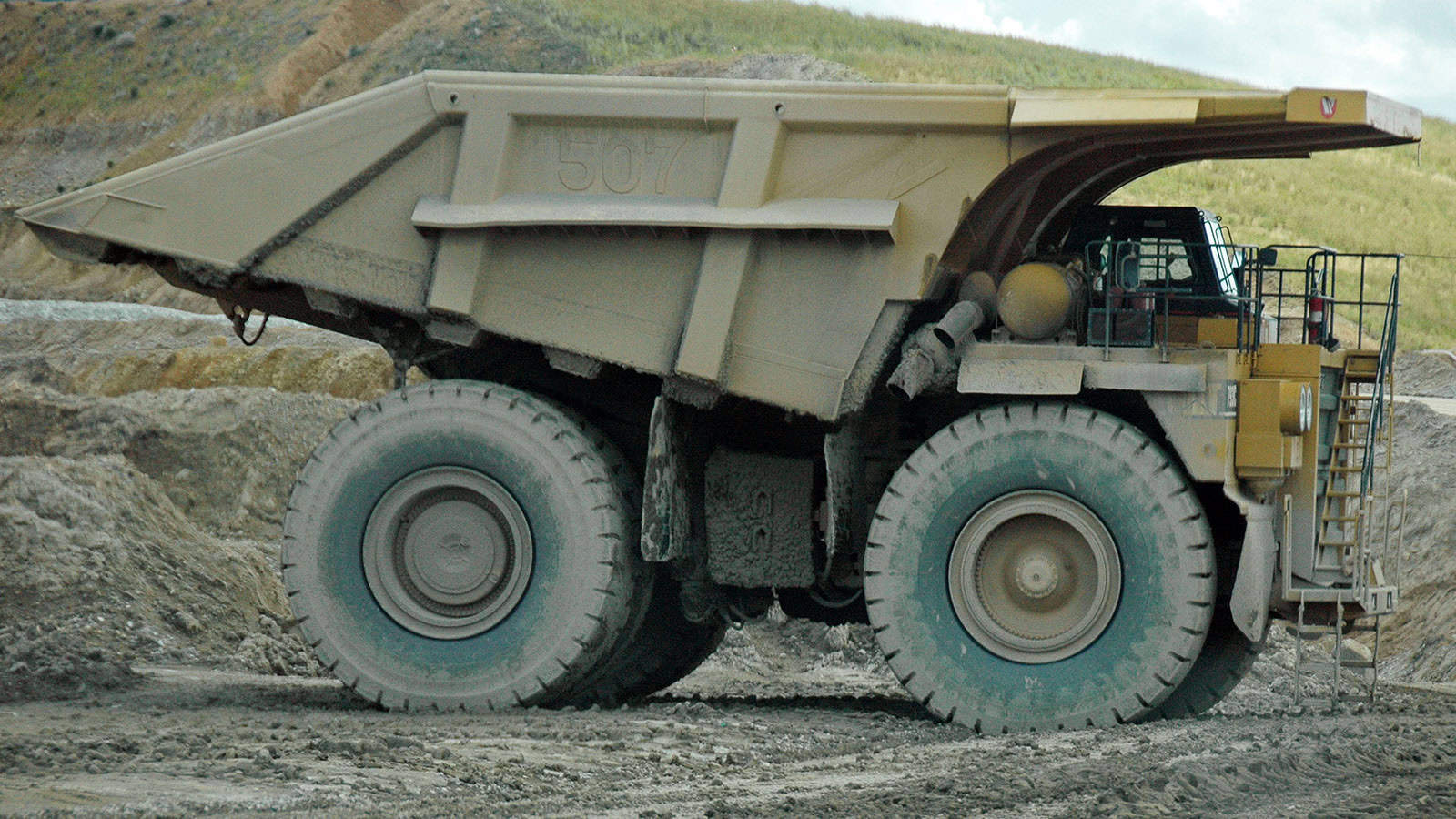- The Salton Sea region’s vast lithium reserves, a resource worth billions of dollars, are driving a rush of scientific and financial interest.
- Direct Lithium Extraction (DLE) technology offers an environmentally friendly solution for tapping into these reserves.
- Major companies like Berkshire Hathaway Energy Renewables and startups like Controlled Thermal Resources are investing billions to develop DLE infrastructure.
- The global lithium market is set to continue expanding significantly, and it’s essential for batteries in electric vehicles and smart devices.
- Developing the Salton Sea region’s lithium could enhance U.S. energy independence and support a low-carbon future.
Imperial County currently suffers the worst per capita unemployment in California. This is a tragic irony for the former “Miracle Sea” — California’s largest lake — now shrinking and exposing an environmental disaster from decades of agricultural and residential polluted runoff. Yet, scientists, engineers, and financiers are now rushing in, as the subsurface surrounding this dying lake could be a golden ticket of global proportion.
ADVERTISEMENT
One of the world’s largest concentrations of lithium, with estimates on its value ranging up to $540 billion, has been located deep underground in geothermal brine within the Salton Sea region. “Geothermal brine” is superheated salty water, rich in minerals. Extracting the lithium from this brine using conventional methods — mining or evaporation — is neither practicable nor environmentally friendly. A new series of technologies and processes, called Direct Lithium Extraction (DLE), promises to be the key that unlocks this.
Direct Lithium Extraction Tech Stack

There is no “one” DLE technology; it is a collective reference to a combination of new chemistries and engineering techniques that is tailored specifically to each type of brine. The added challenge of working with brine is that salt and other minerals are highly corrosive. On the other hand, the energy industry has been mining geothermal brine for energy for decades, using the superheated liquid for steam power.
In the DLE process, operators surface the brine, remove only the lithium, and then return the brine underground. The breakthrough is based on adsorption, or essentially a “lithium sponge.” Very specific materials are carefully sized and arranged like tiny beads that can “catch” almost 90% of the lithium in brine.
While operators in legacy mines or evaporation ponds use enormous amounts of freshwater and spend months to capture only 40-65% lithium, DLE technology can produce high-purity lithium in days or even hours.
ADVERTISEMENT
Big Players Making Big Moves
Demand for lithium is accelerating, connected to its growing criticality to manufacture batteries used in electric vehicles, utility-scale installations, and even smartphones. “The global demand for lithium is expected to grow up to 40 times by 2040,” according to Jeff Marootian, Principal Deputy Assistant Secretary for Energy Efficiency and Renewable Energy at the U.S. Department of Energy (DOE). “The United States currently has limited capabilities for domestically sourcing lithium, with approximately 2% of the total supply being domestic, while the rest comes from countries like Australia, China, Chile, and Argentina.”
With DLE, the Salton Sea region has the capacity to produce 3,400 kilotons of lithium, or the equivalent of 375 million EV batteries (more than the total vehicles currently on U.S. roads). Three companies are working on new DLE projects around the Salton Sea. One is Berkshire Hathaway Energy Renewables, under the name CalEnergy, which operates 10 of the 11 active geothermal power plants in the area — an enviable head start, given they are already pumping geothermal brine for heat energy.
The other two, EnergySource Minerals and Controlled Thermal Resources (CTR), are investing billions into new construction and projects, backed by millions of dollars in funding and support from the DOE and hundreds of millions from industry sources, like GM and Stellantis. These plans are designed to be fully integrated, using geothermal heat to power their operations, be minimally impactful to the environment, and produce tens of thousands of new jobs, in addition to multiple times more battery-grade lithium than the rest of the U.S. currently.
A Global Market With Broad Demand

Global demand for batteries is in a dramatic upsurge to manufacture EVs, stabilize power grids, and power billions of smartphones and other devices. Principal drivers are accelerating; for instance, China is expected to cross 50% EV sales this year, and the global demand for lithium is expected to continue rising commensurately.
ADVERTISEMENT
DLE research and development investments catalyzed significant production advancements, enabling the U.S. to efficiently produce battery-grade lithium that is simultaneously cost-competitive and sustainable environmentally. Substantial investments in the domestic lithium sector promise to transform the Salton Sea area into a global hub for lithium production: Lithium Valley.
Regarding possible impacts of fluctuating U.S. EV adoption rates, Marootian remarked, “Lithium’s role in electric vehicle batteries and other advanced battery technologies will continue to be critical over the long term, despite possible short-term variances in the EV market and battery demand.”
Domestic and Local Value

Diverse domestic sources of lithium and other critical minerals are pivotal to U.S. strategic interests. In line with the nation’s shift toward a low-carbon future, developing a reliable and secure supply of lithium minimizes the U.S.’s vulnerability to geopolitical disruptions and bolsters national security and energy independence. Domestic lithium production enabled by DLE plays a crucial role in this initiative.
Marootian underscores the broader implications: “Creating a domestic lithium supply chain transcends any single technology, delivering substantial benefits for local communities, boosting employment, and advancing clean energy production.” This priority is backed by substantial DOE funding opportunities, aligning with the Biden administration’s goals to revitalize domestic manufacturing and expand clean energy employment. The DOE’s recent funding encourages technology advancements for efficient lithium extraction, crucial for a sustainable energy future. Support like this has already facilitated $133 billion in new clean power generation investment since January 2021 and created over 21,000 jobs in the sector, according to White House data, demonstrating the administration’s commitment to enhancing U.S. energy infrastructure and jobs.
ADVERTISEMENT
Locally, the Salton Sea region’s emerging lithium sector may prove to be a renewing force for Imperial County. California has approved the county’s petition to tax lithium production, using funds to remediate the area’s long-standing environmental issues. Additionally, the anticipated growth is expected to create tens of thousands of new jobs in the region. The development of DLE and the discovery of the Salton Sea region’s vast lithium reserves could help provide economic and environmental relief to Imperial County.
From the Salton Sea to Your Next EV
The prospect of leveraging the Salton Sea region’s lithium reserves to power the next generation of electric vehicles is tantalizing but not a guaranteed outcome. Globally, nations like China are already advancing with their own first DLE operations, setting a competitive benchmark. In the United States, the technology has proven successful at smaller productions, but expanding up to industrial levels has yet to occur.
This transition is not just about technological achievements but also about optimal timing. When asked about the timeline for incorporating lithium from the Salton Sea region into a domestic EV, Myunghun Song from LG Chem put it succinctly: “We might see Salton Sea lithium in U.S.-made EVs by the end of the 2020s, perhaps by 2030.”
This cautious expectation highlights the competing pressure between time and technology along the promising path from the mineral-rich depths of the Salton Sea region to accelerating clean-energy demands of tomorrow.
ADVERTISEMENT

FEATURE IMAGE: SHERMAN YANG
FTC: We use income-earning auto affiliate links. Learn more.































2 Responses
You think the region is poisoned now? What about the poverty levels, health concerns of the local population currently.
Give it 20 years, tops and when the money pulls out of this region as fast as it came in, it’s going to leave poverty on a much much bigger scale.
Education system will crumble overnight and nobody, I mean nobody’s going to take care of the health issues of the tens of thousands of people left stranded in the region after the pull out!
You can all worship the world’s richest men all you want but realize theses companies are making more faster then ever before.
Do you think they are doing it more ethically.
So, enjoy this new booming region so your children can suffer in it later!!!
It’s going to be ugly
Marootian’s reference to the lithium “supply chain” is instructive. Extracting the lithium is only the first step. Where will it be processed into battery-quality lithium? China has most of the processing facilities.